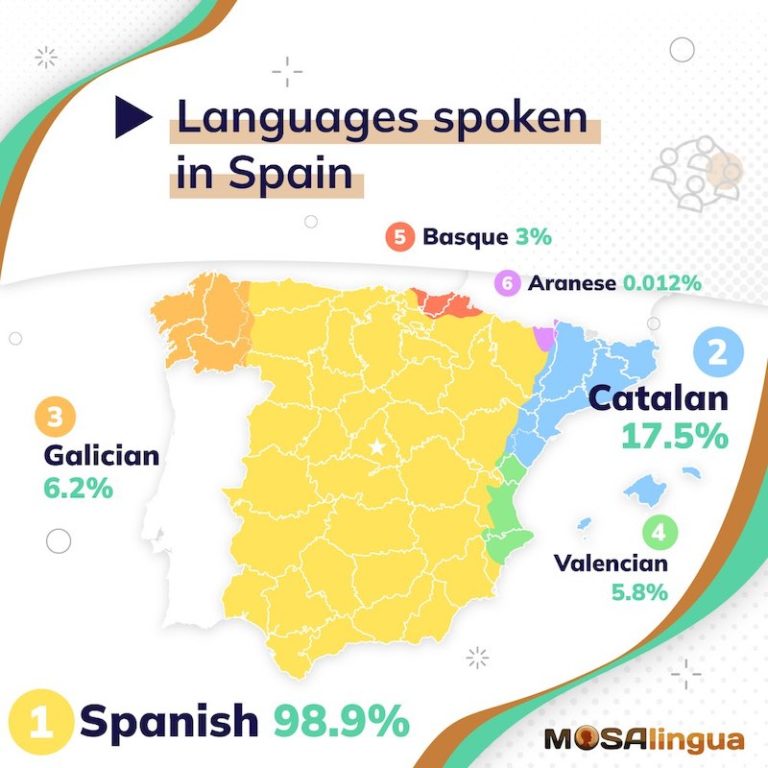Spanish - Creolization
https://thumbs.dreamstime.com/z/traditional-open-air-sea-salt-production-coast-la-palma-canary- islands-spain-traditional-open-air-sea-salt-production-213196906.jpg
The island nations of Cuba, the Dominican Republic, and Puerto Rico, as well as the coasts of Venezuela, northern Colombia, and eastern Panama, are included in the Caribbean dialect zone. The Spanish colonial venture in the Americas began in the Caribbean; in fact, Columbus's celebrated finding of America in 1492 involved the discovery of Hispaniola, the island that is now divided into the Dominican Republic and Haiti. The period 1492–1919, which includes the latter date, which marks the start of the conquest of Mexico, is referred to as the perodo antillano. This is because Spanish settlement in the Americas was limited to Caribbean islands for about three decades after Colombus' initial expedition.
Salt
For a large portion of the colonial period, certain locations in the Caribbean basin were of significant importance. For instance, starting in the middle of the 16th century, both the outbound and return voyages of Spain's two annual fleets halted at Havana. This arrangement greatly increased the economy of western Cuba. The fleet system helped the Colombian city of Cartagena de Indias, which quickly rose to prominence as the most significant port on the Spanish Main. Puerto Rico, on the other hand, was cut off from the flotilla route connecting Spain to the New World, which led to its marginalization. And Santo Domingo, in the Dominican Republic, served as Spain's initial gateway to the Americas, but as the island's gold reserves were depleted and incredible richness was discovered in Mexico and Peru, attention and investment began to shift elsewhere. Salt is important for many reasons. One is as a preservative, particularly in the days before refrigeration. Merchant fleets and navies depended on salt-preserved meat and fish to feed sailors. The long sea voyages that resulted in vast empires and far-flung colonies might have been impossible without salt (Gangelhoff, 2019, pg. 195).
I chose this video because it shows how beautiful salt is when collected and packaged. The surroundings are also shown so that we can feel as though we're present in the video during the collection.
Languages
The 6 (Surprising) Official Languages of Spain & How to Learn Them (mosalingua.com)The Caribbean only has one creole language Papiamentu, spoken on the Netherlands Antilles islands of Curaçao and Aruba derived from a combination of Spanish and Portuguese, despite being surrounded by Spanish-speaking countries and having Portuguese-speaking Brazil not far to the south. If the definition of Caribbean is stretched a little, the Palenquero creole language, spoken in the Afro-Colombian settlement of Palenque de San Basilio, close to the port of Cartagena de Indias, also qualifies as a Spanish-related creole, with another contentious Portuguese component.


Comments
Post a Comment